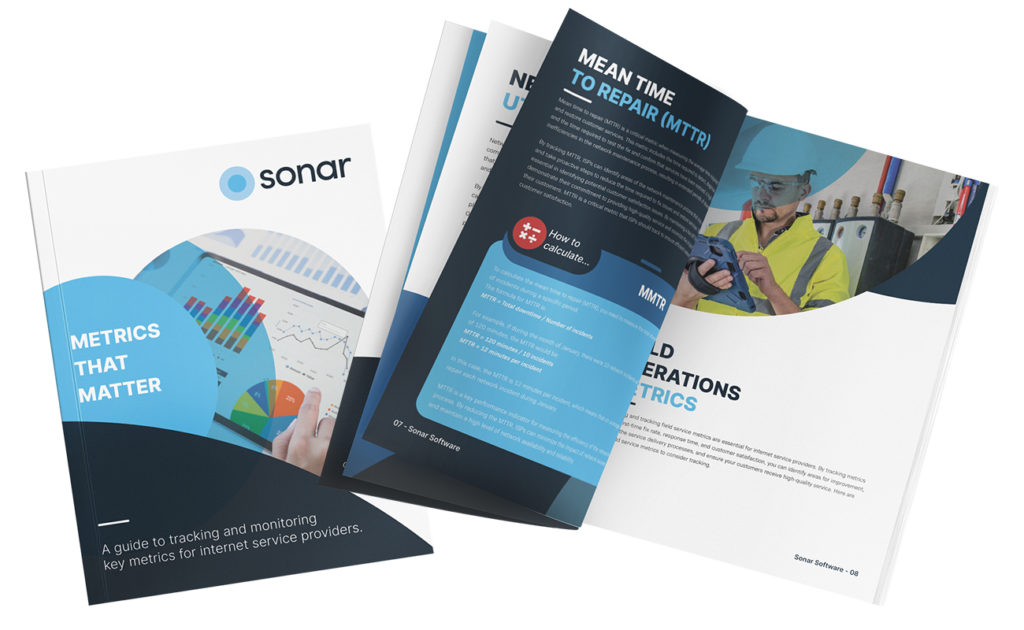In the fast-paced and ever-evolving landscape of inventory management, making intelligent decisions is paramount for Telecommunication Service Providers. Enter Business Intelligence (BI), a powerful tool that has revolutionized the way organizations approach inventory optimization. At its core, BI represents the strategic use of data analysis tools and methodologies in the context of inventory management. There is an intrinsic link between data-driven decision-making and successful inventory optimization.
BI serves as the catalyst that empowers businesses to move beyond conventional approaches and embrace the power of data. By leveraging data visualization, dashboards, and interactive reports, decision-makers can gain insights into inventory levels, demand patterns, and supply chain dynamics. This blog will dive into the significance of Business Intelligence for smarter inventory decisions. By understanding the significance of BI and how it helps businesses navigate the challenges of inventory management, we will unlock a path to unparalleled efficiency, cost savings, and competitive advantage.
The Role of Business Intelligence in Inventory Management
With the advent of Business Intelligence, a new era of inventory management unfolds. BI serves as a data-driven compass, empowering decision-makers to gain a holistic view of their inventory landscape, identify patterns, and anticipate changes in demand. The incorporation of BI tools revolutionizes how businesses can uncover actionable insights that are crucial for the future.
At the core of BI’s transformative capabilities lies data analytics and insights. By leveraging advanced data visualization techniques, businesses can gain real-time insights into inventory levels, demand trends, and supply chain dynamics. The benefits of embracing BI tools for inventory optimization are profound and far-reaching. Not only does it enhance operational efficiency and cost-effectiveness, but it also gives businesses a competitive edge.
Leveraging Data Visualization for Inventory Insights
Data visualization is a game-changer when it comes to deciphering vast amounts of inventory data. Traditional spreadsheets and data tables can be overwhelming and time-consuming to analyze, often leaving critical patterns and trends unnoticed. However, with data visualization, ISPs can quickly transform data into clear and actionable insights through interactive charts and graphs. These visual representations not only simplify complex data but also offer an easy way to understand display of inventory dynamics.
By embracing data visualization, ISPs and businesses unlock the potential to make smarter, well-informed inventory decisions. The power of interactive visualizations lies in its ability to transform complex data into clear, meaningful insights, enabling organizations to respond swiftly to market changes, reduce holding costs, and enhance customer satisfaction.
Utilizing Dashboards for Real-time Inventory Monitoring
BI dashboards serve as the nerve center of inventory monitoring, offering decision-makers a comprehensive view of their inventory landscape and supply chain dynamics. Through dynamic visualizations and interactive elements, these dashboards provide a real-time status of stock levels, sales, and incoming orders.
Metrics such as inventory turnover ratio, days of inventory on hand, and fill rate provide crucial insights into inventory efficiency and customer satisfaction. Additionally, tracking lead times, supplier performance, and order fulfillment rates enable businesses to optimize supply chain operations and minimize stock outs. The true power of BI dashboards lies in their ability to facilitate proactive decision-making.
Analyzing Historical Data for Accurate Demand Forecasting
Accurate demand forecasting is crucial for effective inventory planning. By understanding future demand patterns, businesses can avoid stock outs that lead to lost sales and dissatisfied customers, as well as overstocking that ties up capital and storage space. With BI-powered demand forecasting, ISPs can strike the perfect balance between supply and demand, ensuring a seamless inventory flow that aligns with market needs.
The analysis of historical sales data is a fundamental aspect of demand forecasting enabled by BI. By mining historical records of sales and customer behavior, businesses can uncover patterns and trends that inform future demand projections. This data-driven approach allows ISPs to anticipate market fluctuations, seasonal trends, and customer preferences, enabling them to optimize inventory levels with precision.
Ensuring Data Quality and Security in Inventory BI
To guarantee data quality in inventory BI, implementing data quality checks and validation processes becomes imperative. BI tools can automatically flag inconsistencies, duplicates, and missing data, ensuring that decision-makers rely on a reliable data foundation. By conducting regular data audits and cleansing exercises, businesses can maintain the integrity of their data and improve the overall accuracy of their inventory insights.
Data security is equally critical in the realm of inventory BI, as sensitive inventory information can have severe consequences if compromised. Implementing robust data security measures is essential to protect sensitive inventory data from unauthorized access, data breaches, and cyber threats.
BI equips businesses with the tools to harness the vast amounts of data available, converting it into actionable insights that drive precision in inventory management. By harnessing the transformative impact of data-driven decision-making, businesses can embrace a future where inventory optimization is not just a goal but a reality. The transformative impact of BI is undeniable, reshaping inventory decisions and propelling businesses towards efficiency, cost savings, and customer satisfaction. Now you can navigate the challenges, seize the opportunities, and forge a path towards a more intelligent, efficient, and prosperous inventory landscape!
Metrics That Matter

Are you looking to improve the performance of your ISP? Do you want to measure the success of your operations using the most relevant metrics? By tracking key metrics, you can optimize your operations, improve your customer service, and make data-driven decisions.
This free guide provides a comprehensive set of metrics across different areas of ISP operations.



